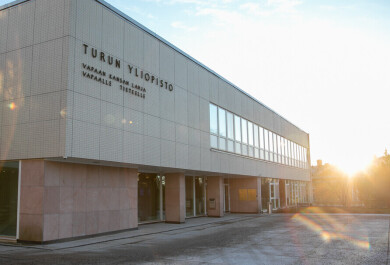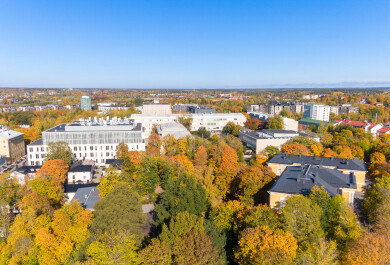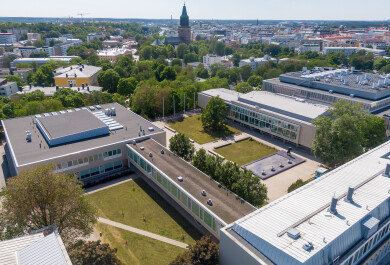Universities across the world are evaluated in different international rankings each year. The University of Turku is among the top of the world’s universities in most rankings and among the best universities in the world in certain fields.
What are university rankings?
Nowadays, there are various ranking lists comparing universities using different indicators. All rankings are unique, as they use different kinds of indicators or they weigh similar indicators differently. Most rankings evaluate research publications – their number and, for example, citations they get in other researcher’s publications. Criteria may also include international outlook, external funding, faculty/student ratio, or the university's reputation among researchers and employers.
Usually, the overall score of a university is determined by combining its scores in different indicators. In addition to world university rankings, subject specific, scientific or region-based rankings are also published.
Rankings in which the University of Turku participates:
University of Turku in latest world university rankings:
RANKING | 2021/2022 | 2022/2023 | 2023/2024 | 2024/2025 | 2025/2026 |
| Shanghai Ranking (ARWU) | 301 - 400 | 401-500 | 301-400 | 401-500 | 401-500 |
| THE World University Rankings | 351 - 400 | 351 - 400 | 301-350 | 301-350 | 301-350 |
| QS World University Rankings | 295 | 291 | 315 | 375 | 366 |
| NTU World University Ranking | 369; 377 | 402; 347 | 382; 331 | 382; 365 | 374; 346 |




